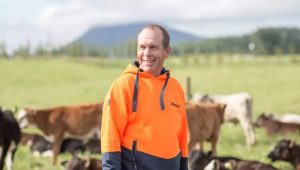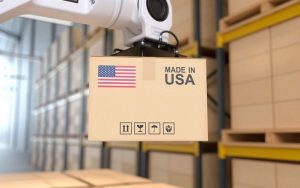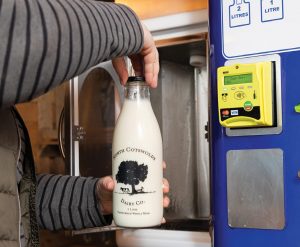
“I visit farms that have 50 cows and some up to 8,000 cows. Why is it that those dairies that have robotic equipment are really happy with the decisions they made to harness this new technology, but those that aren’t as progressive, talk about everything that is wrong with robots without having any knowledge of how the robotic systems work? Furthermore, lots of these robotic resisters complain about the shortage of labor and not enough help to complete daily activities. WIth the dairy industry changing so fast, maybe some producers shouldn’t be so resistant to new technologies.”
Thanks for your question. Dairy is pretty far out of my field on knowledge, so I welcome any corrections of what I’m about to say. That said, I’m pretty sure one of the biggest hurdles to robot adoption is the machines are dang expensive.
The best figure I could get was approximately $200,000 per machine, and I am guessing there are added costs to adapt a milking parlor to accommodate. One machine can handle around 70 cows per milking, and experts calculate the ideal number of cows is around 500 to economically switch to robots.
I was told years ago by a small dairy farmer, that immigrants saved his family dairy, but that labor source is not only being sharply curtailed, but dairies have to compete with other labor-starved industries for workers, sharply raising wages. Like so many small mom-and-pop businesses, the fact they are cherished institutions of our past does not exempt them from stark financial reality. Now add in that technology can fundamentally change the culture of those businesses. Skills that took years to master efficiently are suddenly obsolete. Patterns of work and community bonds are reforged.
Right now, shutting down a dairy operation could be a more lucrative option just based on land values alone. Small producers may not be unprogressive so much as constrained by economic reality. For older dairy farmers, watching a way of life slip away can be painful enough to color your outlook on much of your life and the future.

























